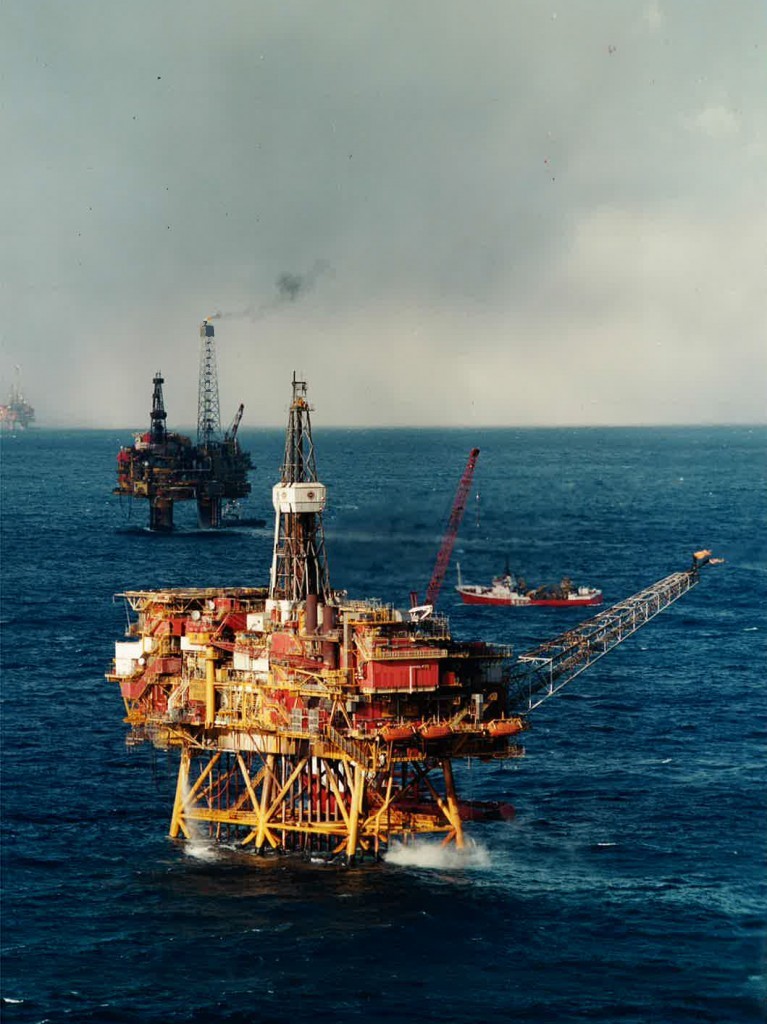
Oil major Shell (LON:RDSB) confirmed its intention to leave the giant legs of its Brent field platforms in the North Sea at the end of its multibillion-pound decommissioning campaign.
Duncan Manning, Shell’s business opportunity manager on Brent Decommissioning, said removing the 300,000 tonne legs would be “riddled with safety risks” and had little merit for the environment.
Mr Manning also said only the upper part of the Alpha platform’s jacket would be taken away as it is too heavy to be removed in one piece.
Other items Shell intends to leave behind include the heavier pipelines which are entrenched in the seabed, drill cuttings, and storage cells.
Mr Manning said that while there was no “one size fits all solution”, Shell’s plans had “generally” been accepted by stakeholders.
Following nine years of research and 300 consultations, the firm is preparing to submit its Brent decommissioning proposals to the Department of Energy Change (Decc) at the end of the year.
The decommissioning of Brent, which has produced oil for 40 years, is one of the most complex engineering projects of its kind and is expected to take a decade to complete.
The field lies about 110 miles north-east of Sheltand and is made up of four platforms, more than 140 wells, 64 storage shells and 28 pipelines.
In yesterday’s update, Mr Manning said Shell has already plugged about half of the wells on Brent and has been strengthening the undersides of the platforms’ topsides in preparation for removal.
He also confirmed Allseas’ giant crane ship, the Pioneering Spirit, would be ready to lift the Brent Delta topside in 2017.
The process was initially slated for 2016, but had to be delayed by a year to allow the vessel’s lifting arms to be strengthened.
If Decc approves the plans, permission to leave structures behind must then be granted by Ospar, a pan-European body which was set-up to protect the marine environment of the north-east Atlantic and which takes its name from the Oslo and Paris Conventions.
Under Ospar rules, installations must be removed in their entirety once they reach the end of their production cycle, but Mr Manning is hopeful the organisation will give Shell an exemption, as it has done in the past for other operators.
Mr Manning said there were prior examples of legs from older platforms being left at sea, adding that beacons would be attached to the structures to prevent collisions with ships. He said: “What we plan to do has generally been accepted by stakeholders. Very little of what we do is setting a precedent, much of it has already been done by another operator.
“Ultimately, it’s up to Ospar to approve or turn down our proposals. Ospar says companies should aim for a clean seabed but it is pragmatic enough to understand there are big challenges associated with removing infrastructure.
“A clean seabed does not always make sense – there are even some benefits associated with leaving things in place. The amount of carbon dioxide needed to conduct offshore activity has to be taken into account.”
Mr Manning said it could take a year for Decc and Ospar to decide whether to accept the proposals.
Recommended for you

